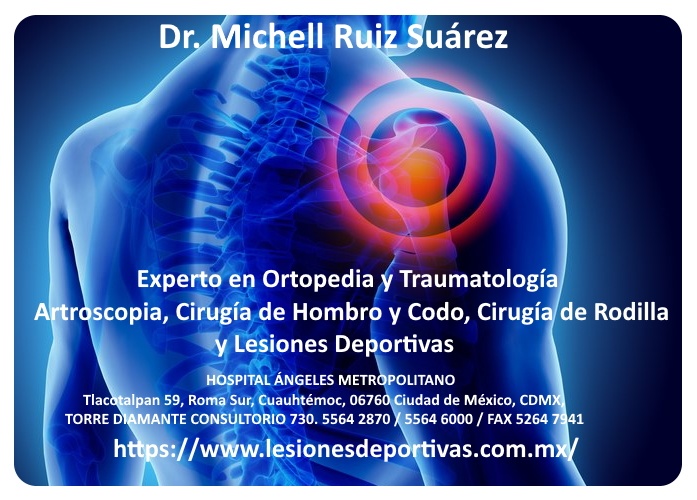La rotación interna funcional (IR), una combinación de extensión y IR, a menudo está clínicamente limitada después de una artroplastia total de hombro inversa.
Computer-assisted analysis of functional internal rotation after reverse total shoulder arthroplasty: implications for component choice and orientation | Journal of Experimental Orthopaedics | Full Text (springeropen.com)
¿Cómo evitarlo? Echemos un vistazo a este artículo de ACCESO ABIERTO:
Functional internal rotation (IR), a combination of extension and IR, is clinically often limited after reverse total shoulder arthroplasty.
— JEO – Journal of Experimental Orthopaedics (@JEO_journal) July 17, 2023
How to avoid it?Let's take a look at this OPEN ACCESS article: https://t.co/MatumUiBZi#RTSA #internalrotation #reversetotalshoulder pic.twitter.com/mEz6B1vHfu
La rotación interna funcional (IR) es una combinación de extensión e IR. Clínicamente, a menudo se limita después de la artroplastia total de hombro inversa (RTSA), ya sea debido a la pérdida de extensión o IR en extensión. El propósito de este estudio fue determinar la combinación ideal in vitro de componentes glenoideos y humerales para lograr una RI funcional sin pinzamiento.
Los IR funcionales sin pinzamiento más grandes resultaron de la combinación de una posición posteroinferior de la placa base, un saliente de la glenosfera inferior mayor, un ángulo de inclinación de la placa base de 90°, una lateralización de la glenosfera de 6 mm con respecto a la configuración de la línea de base, un ángulo del eje del cuello (NSA) más bajo y antetorsión de la componente humeral. Los cirujanos pueden emplear y combinar estas configuraciones de implantes para lograr y mejorar la IR funcional al planificar y realizar la RTSA.
Hochreiter B, Meisterhans M, Zindel C, Calek AK, Gerber C. Computer-assisted analysis of functional internal rotation after reverse total shoulder arthroplasty: implications for component choice and orientation. J Exp Orthop. 2023 Mar 14;10(1):23. doi: 10.1186/s40634-023-00580-5. PMID: 36917396; PMCID: PMC10014642.
Copyright © The Author(s) 2023



 Dr. Michell Ruiz Suárez
Dr. Michell Ruiz Suárez